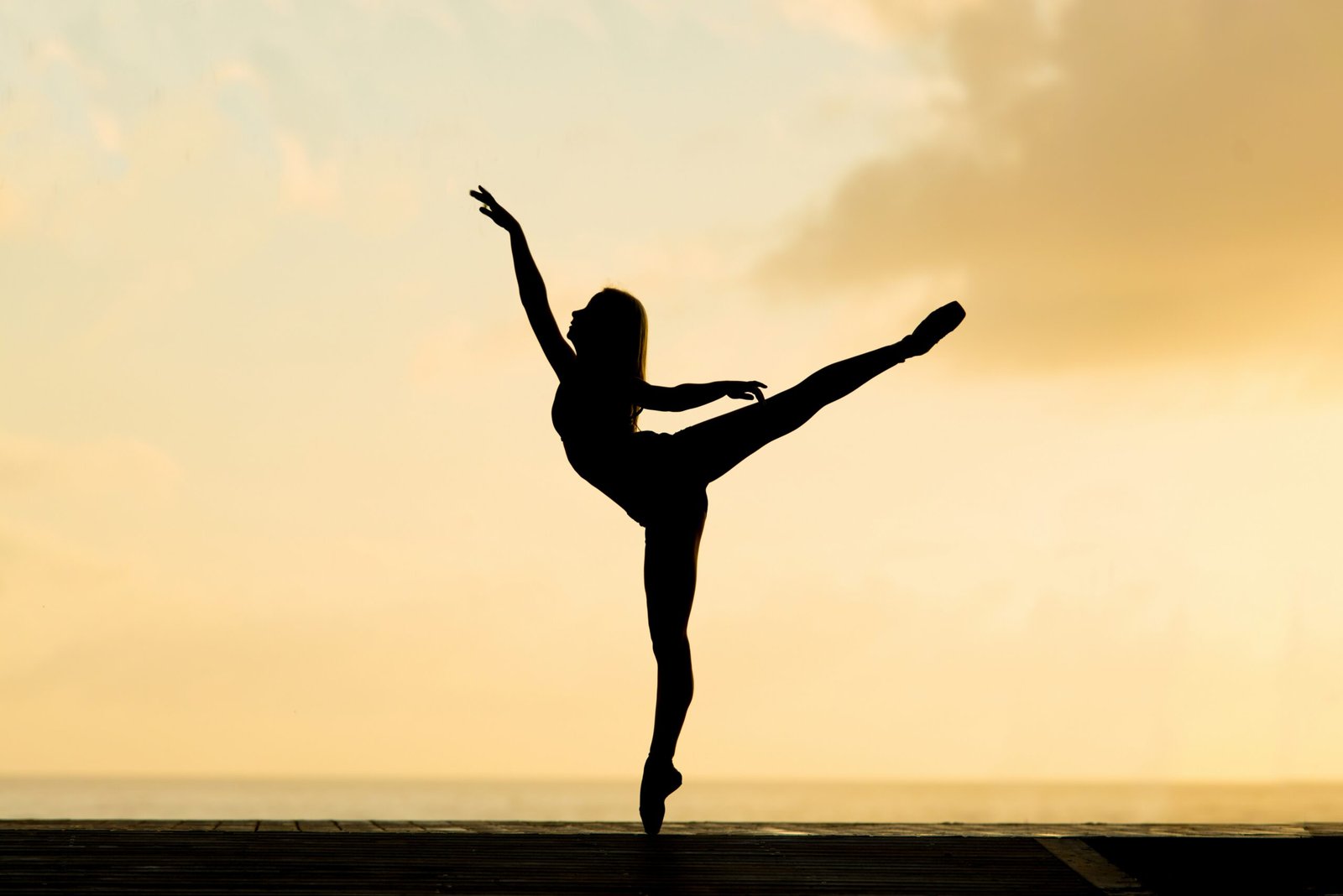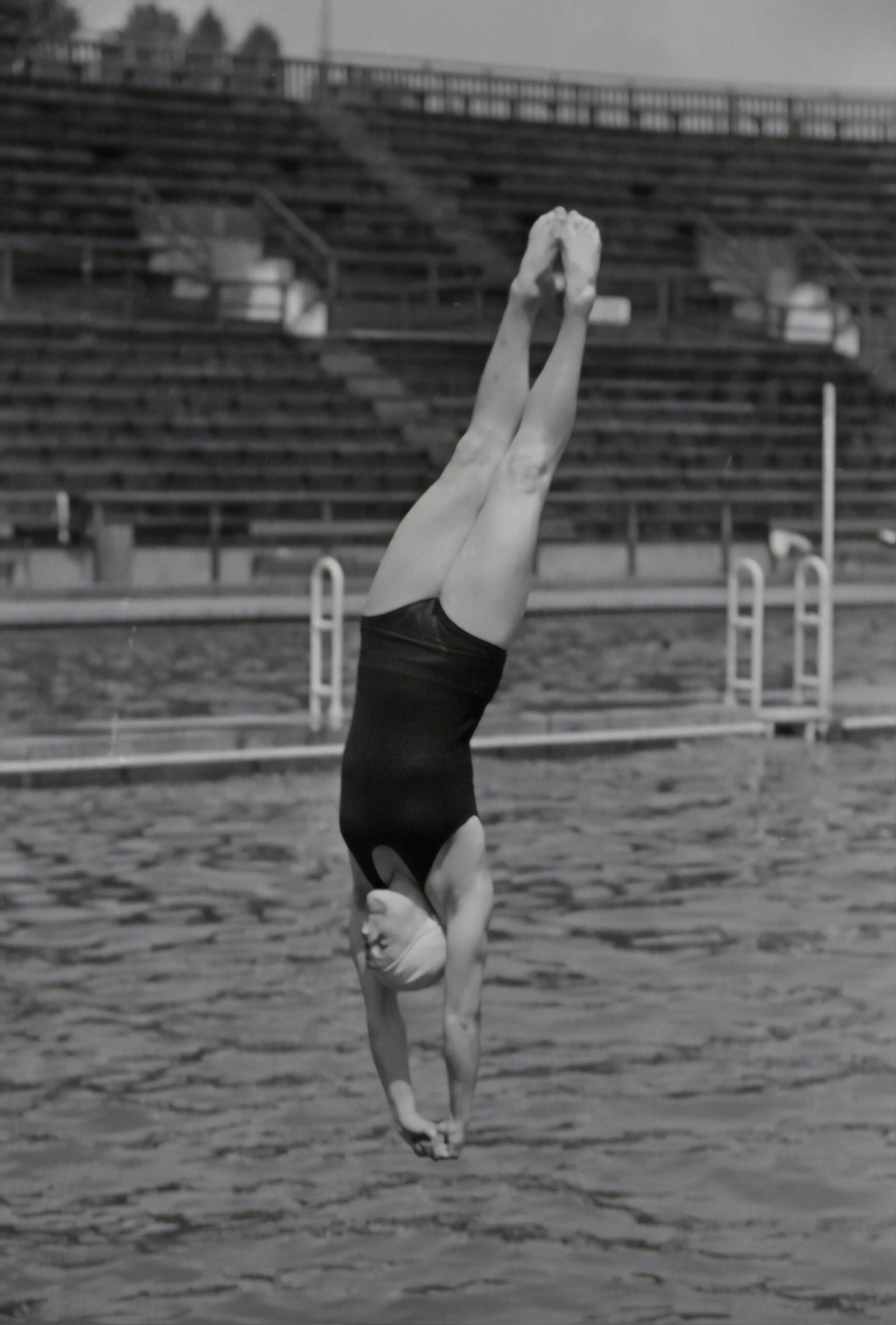
Rhythmic Gymnastics for the 2024 Olympic Games
The 2024 Olympic Games are just around the corner, and one of the most captivating events to watch is rhythmic gymnastics. This elegant and artistic sport combines elements of dance, gymnastics, and ballet, showcasing the incredible strength, flexibility, and grace of the athletes. In this blog post, we will explore the world of rhythmic gymnastics and what we can expect from this mesmerizing event in the upcoming Olympics.
Rhythmic gymnastics is a sport that has been captivating audiences around the world since its introduction to the Olympic Games in 1984. It is a sport that requires not only physical strength and agility but also a deep understanding of music and rhythm. The athletes, known as gymnasts, perform a routine using various apparatus such as a hoop, ball, clubs, ribbon, or rope. Each routine is choreographed to music, and the gymnasts must synchronize their movements with the rhythm and beat.
What sets rhythmic gymnastics apart from other gymnastics disciplines is the emphasis on grace, elegance, and artistry. The gymnasts must not only execute difficult and intricate moves but also do so with a sense of fluidity and beauty. Their movements are often accompanied by expressive facial expressions and captivating smiles, adding an extra layer of charm to their performances.
In addition to the physical demands of the sport, rhythmic gymnasts also need to possess a high level of creativity and imagination. They must create unique and innovative routines that showcase their individual style and personality. This requires hours of training and dedication to perfect their skills and develop their own artistic voice.
The upcoming 2024 Olympic Games promise to be a showcase of the world’s top rhythmic gymnasts. Athletes from all over the globe will compete for the coveted gold medal, pushing the boundaries of what is possible in this captivating sport. Spectators can expect to be mesmerized by the gymnasts’ breathtaking leaps, incredible flexibility, and impeccable coordination.
The rhythmic gymnastics competition at the 2024 Olympic Games will consist of individual and group events. In the individual event, each gymnast will perform a routine using one or more apparatus. They will be judged on their technical execution, artistic interpretation, and overall presentation. The group event, on the other hand, will feature teams of gymnasts performing synchronized routines. This event showcases the athletes’ ability to work together as a cohesive unit, executing complex moves in perfect harmony.
As the world eagerly awaits the 2024 Olympic Games, rhythmic gymnastics enthusiasts are already buzzing with anticipation. The sport’s unique blend of athleticism, artistry, and creativity promises to captivate audiences once again. Whether you are a die-hard fan or a casual observer, rhythmic gymnastics is sure to leave you in awe of the incredible talent and dedication of these extraordinary athletes. So mark your calendars and get ready to witness the beauty and grace of rhythmic gymnastics at the 2024 Olympic Games.
The History of Rhythmic Gymnastics
Rhythmic gymnastics originated in the early 20th century, with roots in various forms of dance and movement. It was first introduced as a competitive sport in the 1940s and gained popularity throughout the years. In 1984, rhythmic gymnastics made its debut as an Olympic sport, captivating audiences worldwide with its beauty and athleticism.
Since then, rhythmic gymnastics has evolved, with athletes pushing the boundaries of what is possible in terms of flexibility, strength, and creativity. Today, it is a highly technical and demanding sport that requires years of training and dedication.
One of the key factors that contributed to the growth and development of rhythmic gymnastics is the constant innovation in equipment and apparatus. In the early days, gymnasts primarily used ribbons, hoops, and balls to showcase their skills and routines. However, as the sport progressed, new apparatus such as clubs and ropes were introduced, adding complexity and variety to the performances.
Another significant aspect of rhythmic gymnastics is the emphasis on artistic expression. Unlike other gymnastics disciplines that focus primarily on strength and power, rhythmic gymnastics places a strong emphasis on grace, elegance, and musicality. Athletes must not only execute difficult technical elements but also synchronize their movements with the music, creating a visually stunning and harmonious performance.
Furthermore, rhythmic gymnastics has become a sport that celebrates diversity and cultural richness. Athletes from all corners of the globe bring their unique styles, music choices, and cultural influences to the sport, adding a vibrant tapestry of traditions and creativity. This diversity is not only celebrated but also encouraged, as it enriches the overall experience of rhythmic gymnastics as a global sport.
As the sport continues to evolve, new trends and techniques emerge, pushing the boundaries of what is considered possible in rhythmic gymnastics. Athletes are constantly challenging themselves to achieve higher levels of difficulty, incorporating intricate body movements, and experimenting with unconventional apparatus combinations.
Overall, the history of rhythmic gymnastics is a testament to the power of creativity, dedication, and athleticism. From its humble beginnings to its current status as an Olympic sport, rhythmic gymnastics has captivated audiences worldwide with its mesmerizing performances and continues to inspire future generations of gymnasts to push the limits of what is possible in this beautiful and unique discipline.
Rhythmic gymnastics is a sport that requires a high level of skill and discipline. Athletes spend years training to perfect their routines and develop the strength and flexibility needed to execute the intricate movements with precision. The combination of ballet, gymnastics, and dance creates a unique style that sets rhythmic gymnastics apart from other sports.
The apparatus used in rhythmic gymnastics adds an extra element of difficulty and artistry to the routines. The hoop, ball, clubs, ribbon, and rope are all used in different ways to create visually stunning performances. Each apparatus requires a different set of skills and techniques, and athletes must master them all to compete at the highest level.
In a rhythmic gymnastics routine, every movement is carefully choreographed to match the music. Athletes must not only execute the movements flawlessly but also convey emotion and tell a story through their performance. The routines are a combination of jumps, turns, balances, and throws, all seamlessly woven together to create a captivating display.
Judges evaluate the routines based on several criteria. Technical execution is crucial, as athletes must demonstrate proper form and technique in each movement. Artistic interpretation is also important, as athletes are expected to express their individual style and bring their own personality to the routine. Overall presentation, including stage presence and musicality, is another factor that is taken into account.
Rhythmic gymnastics is a highly competitive sport, with athletes from around the world vying for top honors at international competitions. The sport requires a tremendous amount of dedication and hard work, as athletes must balance their training with their academic and personal lives. However, the rewards are great, as rhythmic gymnastics offers athletes the opportunity to showcase their talent and passion on a global stage.
In conclusion, rhythmic gymnastics is a sport that combines athleticism, artistry, and grace. Athletes use various apparatus to perform intricate routines that are judged on technical execution, artistic interpretation, and overall presentation. It is a sport that requires years of training and dedication, but for those who have a passion for it, rhythmic gymnastics offers a platform to express their creativity and showcase their talent to the world.
What to Expect in the 2024 Olympic Games
The rhythmic gymnastics event in the 2024 Olympic Games promises to be a spectacle of talent and artistry. Athletes from around the world will compete for the coveted gold medal, showcasing their skills and pushing the boundaries of the sport.
One of the highlights of the event will be the group competition, where teams of five athletes perform synchronized routines with various apparatus. This display of teamwork and precision is always a crowd favorite, as the athletes move in perfect harmony, creating mesmerizing patterns and formations.
Another aspect to look forward to is the individual all-around competition, where athletes showcase their skills with each apparatus. This is a test of versatility and mastery, as athletes must excel in different disciplines to secure a spot on the podium.
As with any Olympic event, the 2024 rhythmic gymnastics competition will feature a panel of expert judges who will evaluate the athletes’ performances. The judging criteria will focus on technical execution, artistic interpretation, difficulty of elements, and overall presentation.
In addition to the group and individual competitions, the 2024 rhythmic gymnastics event will also introduce a new discipline: the mixed pairs competition. This exciting addition will see male and female athletes teaming up to perform routines that combine strength, agility, and grace. It will be fascinating to see how the athletes adapt their skills to this new format and push the boundaries of what is possible in rhythmic gymnastics.
Furthermore, the 2024 Olympic Games will bring advancements in technology to the rhythmic gymnastics event. With the introduction of high-definition cameras and slow-motion replays, spectators will be able to witness every intricate movement and subtle expression on the athletes’ faces. This will add a new level of appreciation for the artistry and skill involved in rhythmic gymnastics.
Another exciting aspect of the 2024 Olympic Games is the inclusion of virtual reality experiences for spectators. This technology will allow viewers to immerse themselves in the world of rhythmic gymnastics, giving them a unique perspective and enhancing their understanding of the sport. They will be able to see the athletes up close, almost as if they were right there on the competition floor.
Overall, the 2024 Olympic Games promise to be a thrilling showcase of talent and innovation in rhythmic gymnastics. With new disciplines, advanced technology, and a panel of expert judges, this event will push the boundaries of the sport and leave spectators in awe of the athletes’ skills and artistry.
One athlete to watch out for in the 2024 Olympic Games is Simone Biles from the United States. Biles has been a dominant force in the world of gymnastics, breaking records and setting new standards for excellence. With her incredible strength, flexibility, and precision, Biles is expected to continue her reign as the queen of gymnastics. Her performances are always a delight to watch, as she effortlessly executes gravity-defying flips and twists with flawless technique.
In the swimming events, all eyes will be on Katie Ledecky from the United States. Ledecky has been a sensation in the pool, setting numerous world records and winning multiple Olympic gold medals. Her incredible endurance and smooth strokes make her a formidable opponent in any distance event. Whether it’s the 200m, 400m, or 800m freestyle, Ledecky is always a favorite to take home the gold.
In the track and field events, one athlete who has been making headlines is Karsten Warholm from Norway. Warholm is a world record holder in the 400m hurdles and has consistently shown incredible speed and agility on the track. His explosive starts and flawless technique make him a force to be reckoned with. Fans can expect thrilling races and record-breaking performances from Warholm in the upcoming Olympics.
In the world of tennis, all eyes will be on Naomi Osaka from Japan. Osaka has quickly risen to become one of the top players in the sport, with multiple Grand Slam titles to her name. Her powerful serves and aggressive baseline game make her a formidable opponent on any surface. With the Olympics being held in her home country, Osaka will have the added advantage of playing in front of a supportive crowd, which could give her the extra boost she needs to claim the gold medal.
These are just a few of the key athletes to watch out for in the 2024 Olympic Games. With their exceptional skills, determination, and competitive spirit, they are sure to deliver thrilling performances that will captivate audiences around the world. As the Games draw nearer, the excitement continues to build, and fans eagerly await the opportunity to witness these athletes’ greatness on the grandest stage of all.
The Beauty of Rhythmic Gymnastics
Rhythmic gymnastics is not just a sport; it is a form of art. The athletes’ performances are a mesmerizing display of strength, flexibility, and grace, combined with music and choreography. Each routine tells a story, evoking emotions and captivating the audience.
What sets rhythmic gymnastics apart from other sports is the level of creativity and expression. Athletes have the freedom to create their own routines, choosing music, choreography, and apparatus that best showcase their skills and personality.
Watching rhythmic gymnastics is like witnessing a ballet on the gymnastics floor. The athletes’ movements are fluid and precise, their bodies contorting and extending in ways that seem almost impossible. It is a testament to the human body’s capabilities and the dedication and hard work of these incredible athletes.
As the music starts, the gymnasts take their positions on the floor, their bodies already poised with anticipation. The first notes fill the air, and the athletes begin their routine, their movements synchronized with the melody. The audience is immediately drawn into this world of beauty and grace, their eyes fixed on the gymnasts as they effortlessly execute complex maneuvers.
Each routine is a carefully crafted masterpiece, designed to showcase the gymnast’s unique abilities and style. The choice of music sets the tone for the performance, whether it be a powerful symphony or a delicate piano piece. The gymnast’s movements flow seamlessly with the rhythm, their bodies becoming one with the music.
The choreography is another element that adds to the beauty of rhythmic gymnastics. Every movement is deliberate and precise, with each step and gesture carefully planned to enhance the overall performance. The gymnasts move across the floor with grace and elegance, their bodies twisting and turning in ways that seem to defy gravity.
But it is not just the technical skill that makes rhythmic gymnastics so captivating. It is the emotion that the athletes bring to their routines. Their faces are filled with passion and determination, their eyes sparkling with joy or brimming with tears. They pour their hearts into every movement, allowing the audience to feel the music and connect with the story being told.
It is this combination of technical skill, artistry, and emotion that makes rhythmic gymnastics such a unique and captivating sport. It is a celebration of the human body’s capabilities and the power of self-expression. Whether you are a fan of gymnastics or not, watching a rhythmic gymnastics performance is an experience that will leave you in awe.




